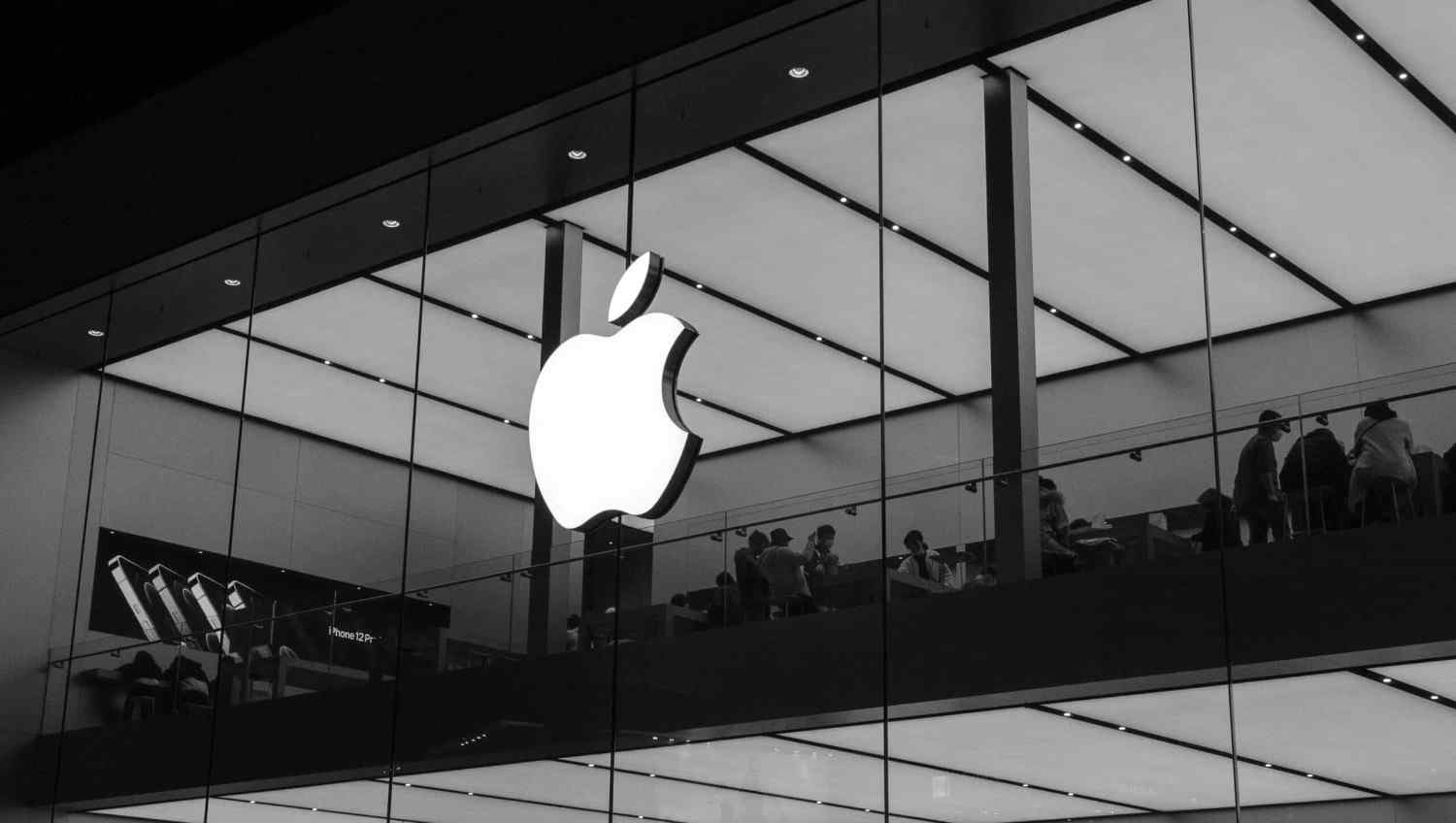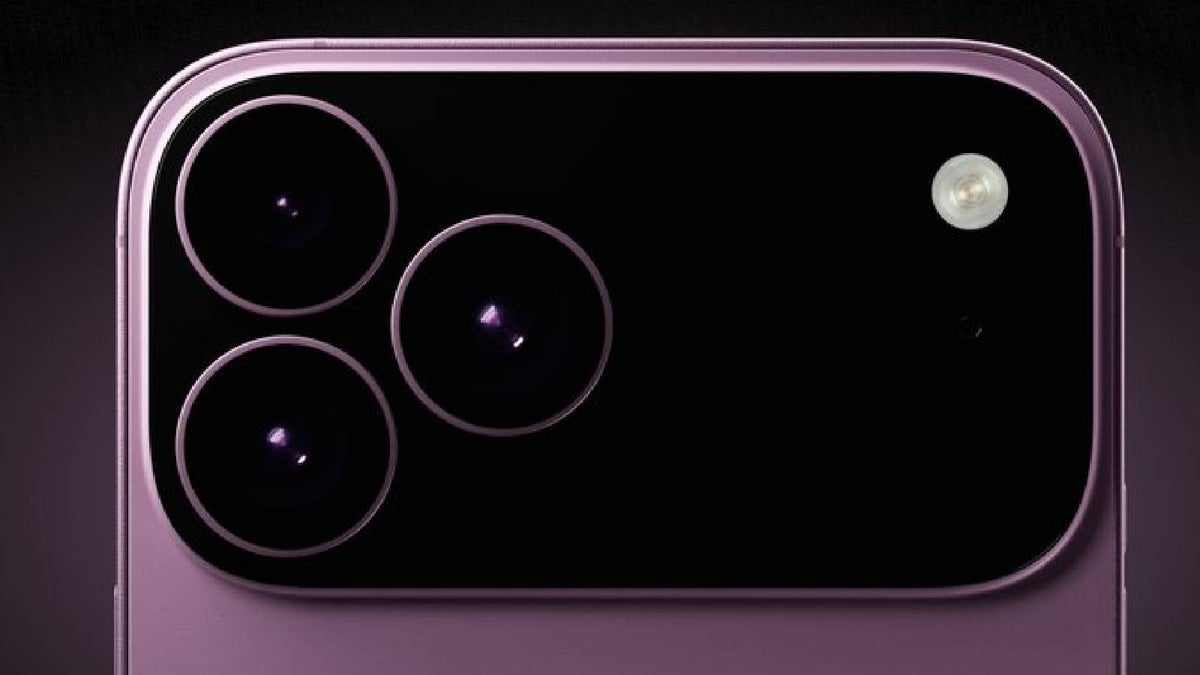Apple’s current budget-friendly laptop is the $999 MacBook Air, but a new, even cheaper option might be on the way. According to analyst Ming-Chi Kuo, Apple is working on a more affordable MacBook that could hit the market by late 2025 or early 2026.
This new model will use the A18 Pro chip, the same one powering the iPhone 16 Pro, instead of the usual M-series chips found in other Macs. This MacBook might come in fun colors like silver, pink, and yellow, making it stand out from Apple’s typical designs.
While it’s unclear exactly how much cheaper it will be, the price is expected to be low enough to attract a lot of buyers. Kuo predicts Apple will produce 5-7 million units in 2026, a big chunk of its laptop sales, suggesting a very competitive price.
Even though it uses an iPhone chip, the A18 Pro is powerful enough to handle everyday tasks on a MacBook smoothly. This move could make Apple laptops more accessible to students, casual users, or anyone looking for a budget-friendly option without sacrificing performance.
While details are still scarce, this new MacBook could shake up the laptop market and bring Apple’s quality to more people. Stay tuned for updates as we learn more about this exciting release




